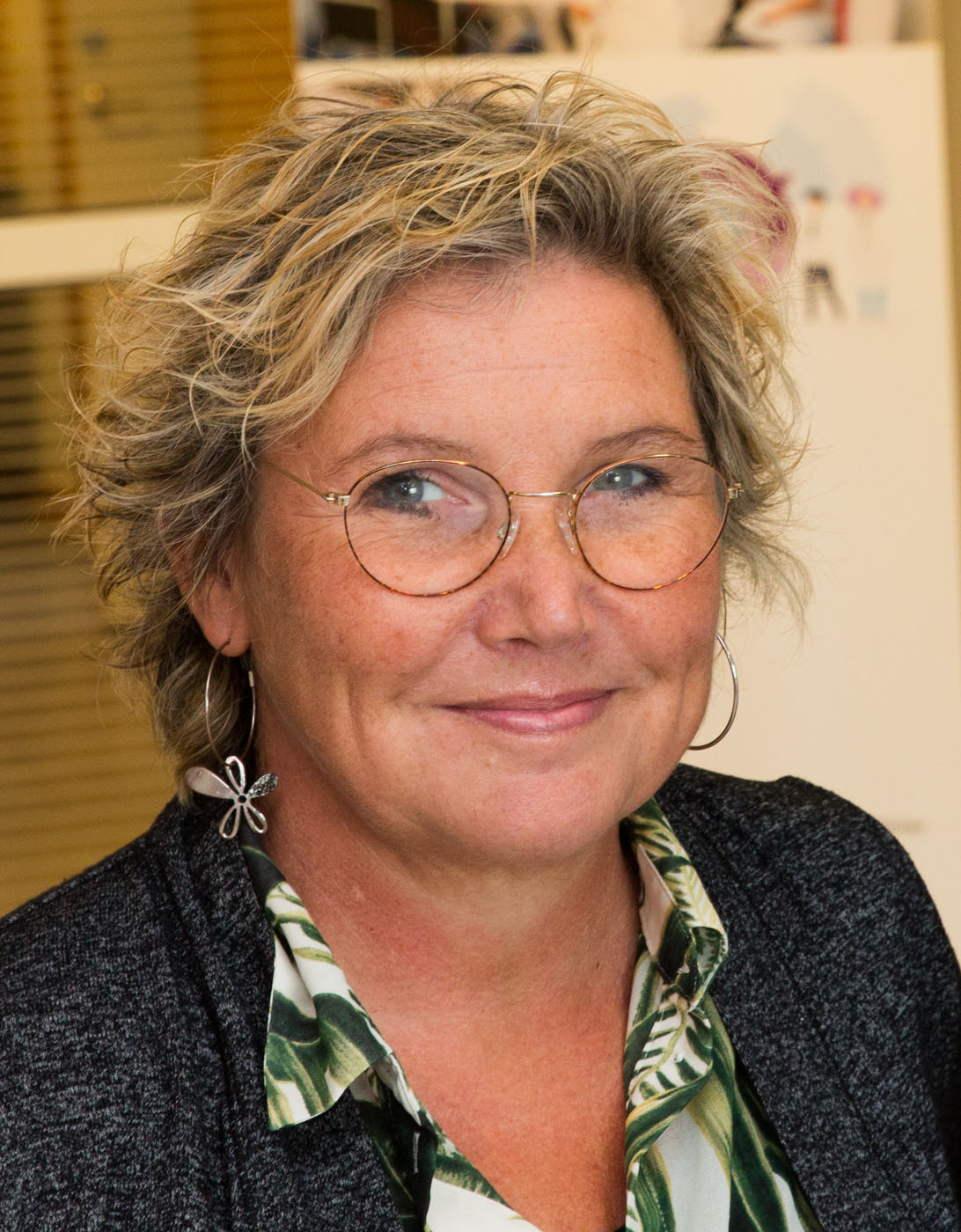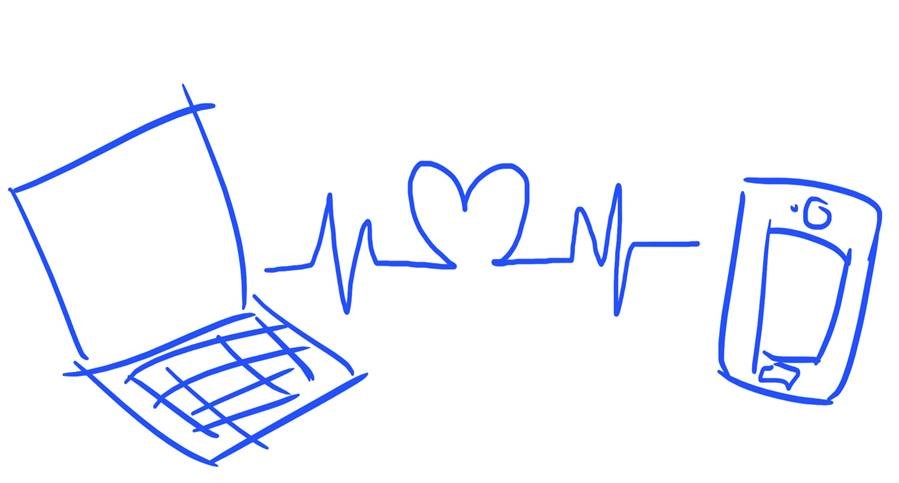Digital health care consultations – a learning process with many perspectives
Digital contact with healthcare officials are at present offered by both privately owned and public care providers and can be given through video calls, chats, apps and more. But have we come as far as we thought? Is digital care the new normal or a passing trend? And what does research say about digital meetings between patients and medical professionals? Felicia Gabrielsson Järhult at the School of Health and Welfare, Jönköping University, together with colleagues Sofia Kjellström and Kristina Areskoug Josefsson, has published new research on the subject.

In 2019, Felicia Gabrielsson Järhult published a research report on digital care meetings that she and colleagues at Jönköping Academy investigated on behalf of the Swedish Association of Local Authorities and Regions (SKR) External link, opens in new window.. The study was something of a pioneer in the field and has since, on at least a dozen occasions, been debated by various parties in several op-ed pages in newspapers and been mentioned more than 25 times in various news articles.
“It has been very exciting to see how the research has been received, but also how the debate has continued. I draw many parallels to the discussion a couple of years ago when medical records were introduced as an online service. Several caregivers were very sceptical and there were many opinions about whether this was something positive or not,” says Felicia Gabrielsson Järhult.

Felicia Gabrielsson Järhult. Photo: Mikael Bergström, RJL
According to the study conducted in 2019, it was clear that users of digital care meetings were mainly young and highly educated people, but also that many care providers could see the benefits of expanding this form of care to additional target groups. For example, the elderly, or those with multiple illnesses, who may find it physically difficult to get to clinics.
“The debate is also about the kind of care that can be provided via this type of channel, and there has been some talk of "unnecessary care". I think that is a shame. It can be very important for a person who is thinking about whether he/she should take a health problem seriously to seek care digitally. For example, we see a trend among a growing group of people with mental illness who are seeking digital help. Maybe the digital appointment or a chat is an easier first step for the patient? If the individual can feel secure through the assessment given via the digital contact, it is a resource-efficient care alternative for both the patient and the care provider,” says Felicia Gabrielsson Järhult.
She also believes that more serious problems can be detected at an early stage via an online meeting with a medical professional who can then refer the patient on to the right provider for further care.
“Digital healthcare is developing rapidly. With the support of research, we can learn more about which target groups and what kind of health problems this digital alternative is safe and good for. I think digital healthcare will not only save on resources but could also relieve illness,” she says.
A learning and development process from the off
In May 2021, Felicia Gabrielsson, together with colleagues Sofia Kjellström and Kristina Areskoug Josefsson, published a scientific article on user care patterns linked to digital care appointments with doctors, contacts with 1177 health care counselling and physical visits to primary and emergency care. The registry study was supplemented with interviews from a national sample of users/patients concerning their incentive for and experiences of meeting doctors in this new way. The results of the study can be found in the article External link, opens in new window. which was published in the journal Scandinavian Journal of Primary Health Care.
“The results of the study show that the users of these services see many benefits of having digital meetings with medical professionals. The users were satisfied with the increased accessibility and, for example, not having to take the whole family to the primary care center if only one of their children was in need of medical help,” says Felicia Gabrielsson Järhult.
Another important point that emerged from the study was that it was mainly individuals under the age of 30 who used this type of service, and that the services needed to be adapted and developed to be more user-friendly for additional age groups.
“What I want to highlight is that we are in a high-intensity learning process which involves adjustment and implementation of new digital technology of which we do not yet have enough knowledge about. These new digitized working methods place demands on both users and medical staff to ensure that care is conducted in a resource-efficient and patient-safe manner. At present, there are very few actors that have had training in how they can make the best use of digital care meetings. I see it as important that we also, from a nursing and nursing education perspective, make sure that our students receive this knowledge during their education, so that we can secure the future competence,” she concludes.
Want to know more?
- Lecturer Quality improvement and leadership
- School of Health and Welfare
- felicia.gabrielsson-jarhult@ju.se
- +46 36-10 1323
More information
The network Swedish Collaboration on Digital Care

The Swedish Collaboration on Digital Care network are a group of researchers from Sweden, sharing an interest in digital care and how it is transforming healthcare delivery. They approach this topic from many different perspectives, and hope to contribute to a stronger evidence base and knowledge around digital care. Jönköping Academy, the School of Health and Welfare, JU has since the beginning in 2019 been represented by Felicia Gabrielsson Järhult. In October 2021 the network was granted a 3-year research network benefit of SEK 450 000 from FORTE. Read more about the network via this link. External link, opens in new window.
Full article
Felicia Gabrielsson-Järhult, Sofia Kjellström och Kristina Areskoug Josefsson

